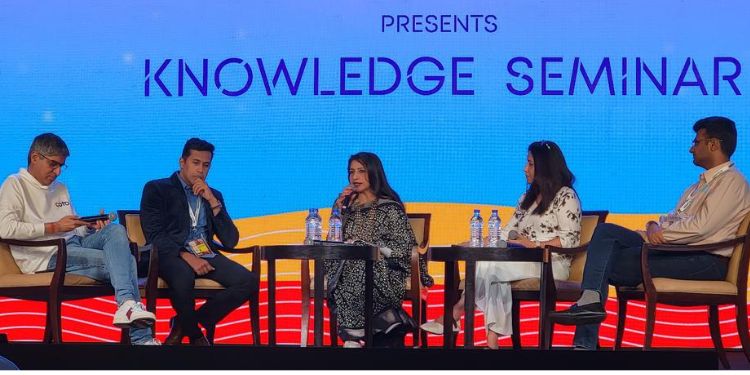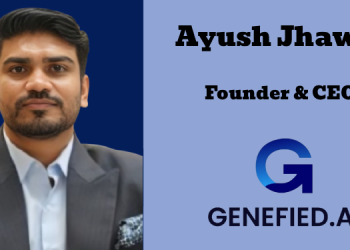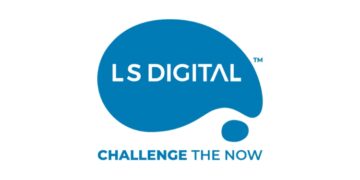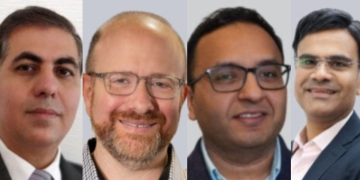Work like Ariel’s Share The Load and the Tanishq Remarriage film get talked about,win awards, and show that the ad industry has progressed on the gender representation front, acknowledged Anupriya Acharya, CEO, Publicis Groupe, South Asia. She underlined though, that more needed to be done.
She was among speakers at an ‘IAA – Voice Of Change’ panel on gender bias moderated by Megha Tata, CEO, Cosmos Maya India alongside Kailashnath Adhikari, Business Head, Sri Adhikari Brothers Network; Anand Narsimhan, Managing Editor, Network18; and Tarun Katial, Founder & CEO, Coto.
Tata presented findings from an IAA research study on gender representation in advertising from 2021 in partnership with UNICEF, conducted by Geena Davis Institute.
The study showed that while female characters are as likely to appear in ads as male characters and even dominate screen time (59.7 of) and voice time (56.3 pc), ads featuring them were mostly reinforcing traditional gender roles.

“Clearly, the study has opened our eyes. We believe that enough is not happening. It is the tip of the iceberg. Agencies across networks are doing bias training, going through work and education around work. We need to do some more and have more representation,” said Acharya, opening a curtailed discussion towards the end of day three at Goafest 2023.
Katial observed that whether it be a TV serial or web series, movies or short form content, stereotyping has existed and still does.

He explained: “Unfortunately, the stereotyping of women (in the media) is very harsh. With soaps, people love those characters – of the housewife who takes care of the entire family. One show that shook everyone up was ‘Jassi’, but those are few and far between. When web series started, it was all about action involving men, with women in the background. Even on TikTok (or such short video platforms) and Insta, a lot of stereotyping happens,” observed Katial.
He underlined that most tech products are still made by men, emphasising the need for women creators therein. The implication was that with more women creators coding and conceptualising user experience, products and platforms would be more sensitised to women users and offer an equal space.

Adhikari pointed out that 37 pc of women globally do not have access to the net. “We need to bring women into digital products and services. We need to empower them with digital skills sets and approach it as holistic growth,” he observed.

“We cannot be agents of change without changing things at home. If you are not doing it as a father, don’t expect someone else to do it,” said Narsimhan.
Declaring himself a believer in meritocracy, he questioned the audience as to how many among them would urge their daughters to get into a civil or mechanical engineering course and career.
“How many of us have ensured that the son contributes as much to the household work as the daughter? We can’t change the fruit without changing the root,” he posed.
His point about equality beginning at home seemed to resonate, with the audience responding with spontaneous applause.
While gender equality should certainly begin at home, how representation of the genders in advertising and media influences behaviours at home was the larger picture the IAA study was predicated on – a point that could not be explained at the discussion, evidently for want of time.
Delegates were in for a second bite of news television-style provocation, when Narsimhan billed The Kerala Story as a women empowerment film that succeeded and raked in Rs.200 cr. This evoked a mixed but highly amused response.
Several delegates Medianews4u spoke with welcomed the theme of the session and urged the ad industry to map the change in gender representation on an ongoing basis.

















